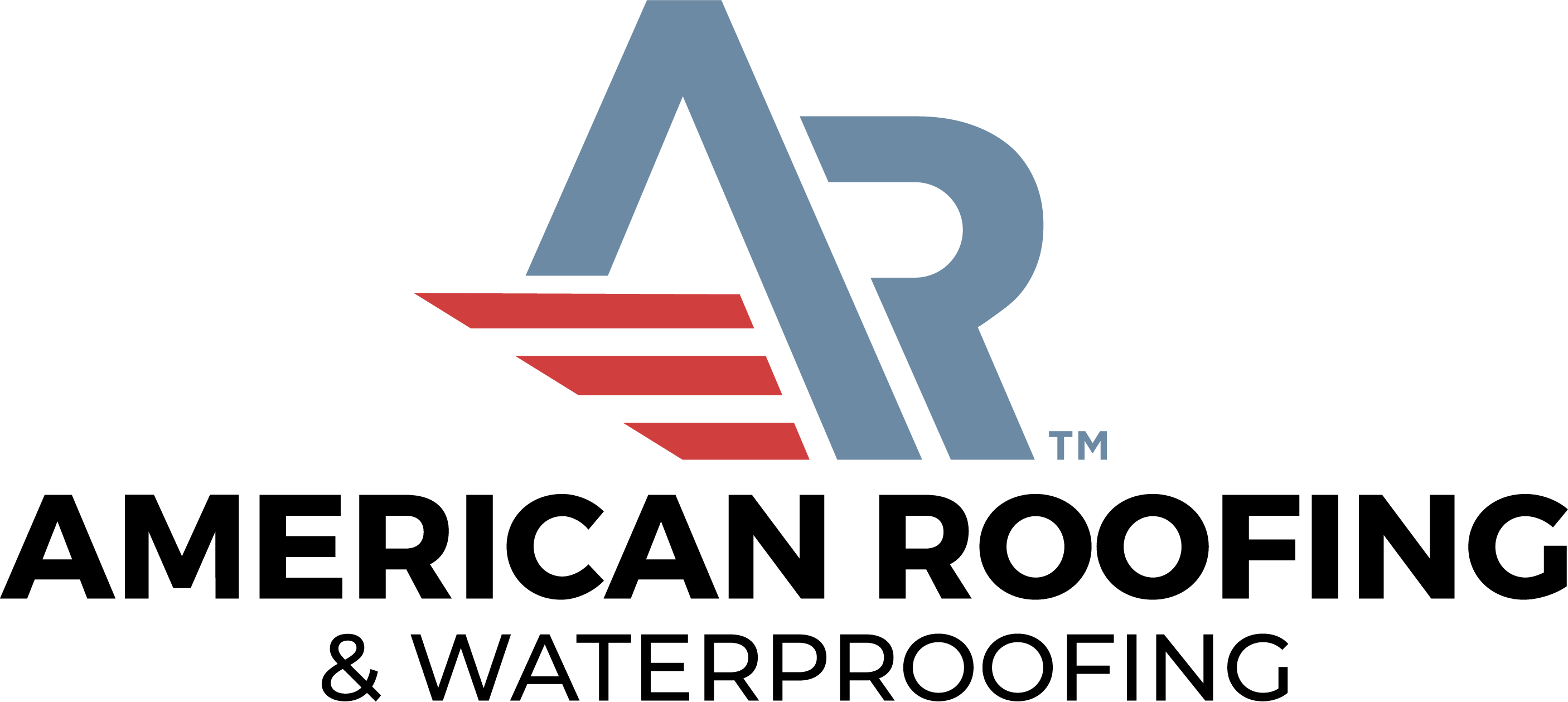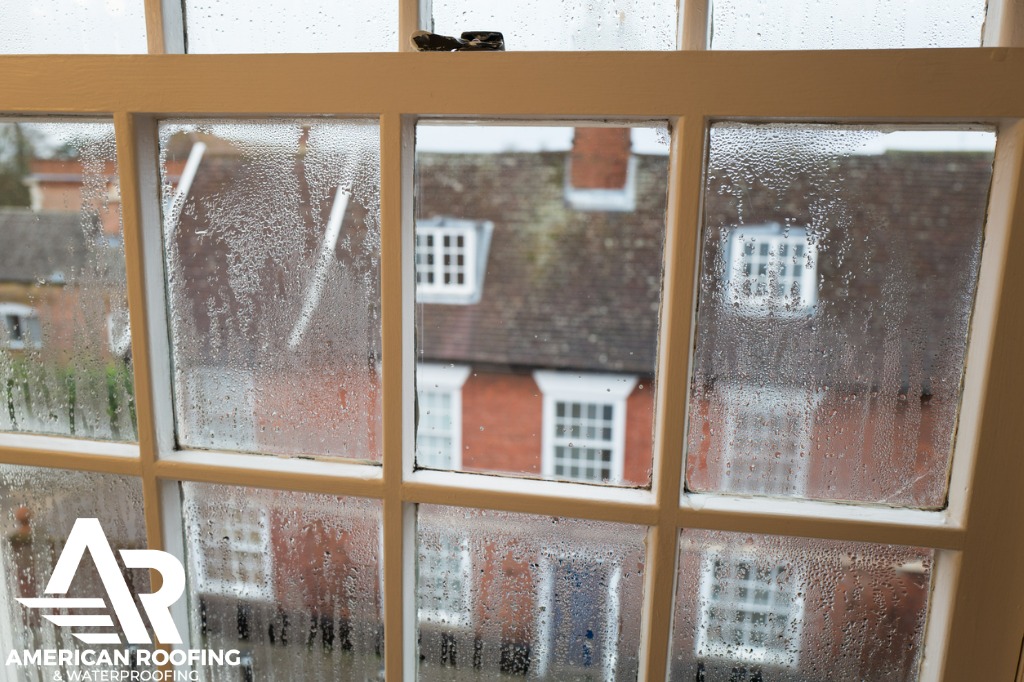A Complete Guide to Commercial Roofing Options
The six most common commercial roofs types are: built-up, modified bitumen, thermoplastic membrane, thermoset membrane, spray polyurethane foam and metal.
Built-Up Roofing
The Most Common Commercial Roofs
Built-Up Roofing (BUR), the most common, standard tar-and-gravel roof that has been used for more than a century, is “tried and true.” Its flexibility in price based on budget and durability requirements have made it extremely popular. BUR roofing is applied in layers of bitumen (similar to adhesive) and reinforcing fabrics. Common types of bitumen include asphalt, coal tar and cold-applied adhesive mixed with surfacing aggregates such as gravel, slag or mineral granules.
Modified Bitumen Roofing
Modified Bitumen Roofing (MB) is quite similar to its BUR cousin, boasting many positive features and long-term benefits. In addition to being cost effective, new technologies and application systems make it increasingly more environmentally friendly; its self-adhering sheets eliminate the risks of high-temperature adhesives and volatile organic compounds. The MB option requires minimal maintenance and inspection (once a year), simplifying the roofing process for the owner. If heavy foot traffic is expected, MB roofs have seams as strong as the rest of the roof material, adding stability and protection via its two-ply system; it also eliminates leakage concerns regarding flat roofing systems.
Thermoplastic Membrane
Thermoplastic Membrane is among the fastest growing in the industry with its unique characteristics and benefits. Having only been around for 10 years, thermoplastic membranes are typically made of either thermoplastic olefin (TPO) or polyvinyl chloride. Often white in color, thermoplastic roof membranes can contain UV absorbers, colorant, flame retardants or other add-ins to achieve required physical properties. Highly recommended for restaurants, a thermoplastic roof membrane is resistant to the harmful effects caused by prolonged oil and/or fat exposure. In addition, these roofs offer excellent durability, as the single-ply membranes are flexible, which allows the sheets to withstand punctures or tears.
Thermoset Roof Membrane
Thermoset Roof Membrane (EPDM), often confused with TPO, uses single-ply rubber material to produce a roof that is ultraviolet light, ozone, acid, solvents and alcohol resistant. In addition to this resistance, the rubber material provides added flexibility in colder temperatures. Installation of this ethylene propylene diene terpolymer membrane (or rubber) can be either ballasted with gravel, fully adhered with an adhesive agent or mechanically fixed. The EPDM is known for being highly durable and having the lowest carbon footprint among single-ply roofing systems.
Spray Polyurethane Foam
Spray Polyurethane Foam (SPF) roofing is a unique, seamless, self-adhering option for commercial clients. Installation consists of two liquid compounds. Before any installation can begin, the roof surface must undergo a deep cleaning removing dirt, dust and contaminants. Then, a polyurethane foam is applied, followed by a protective surface layer of elastomeric silicone coating adding a barrier against the elements. Wind and UV resistance, coupled with simple maintenance and installation, are staples of SPF roofing systems.
Metal Roofing
Metal Roofing is popular for its variability in materials and highly customizable nature. With more than 10 alternative metal materials, there is an option for all commercial buyers. All metals are coated with a protective layer of polyurethane foam to prevent rusting. Alongside the desirable look, metal roofing offers strong fire resistance. When properly installed and maintained, metal roofing can last upward of 50 years, proving its sustainability.
American Roofing has years of experience building, repairing, replacing, and maintaining commercial roofs. If you have other questions about the most common commercial roofs, contact American Roofing today.



